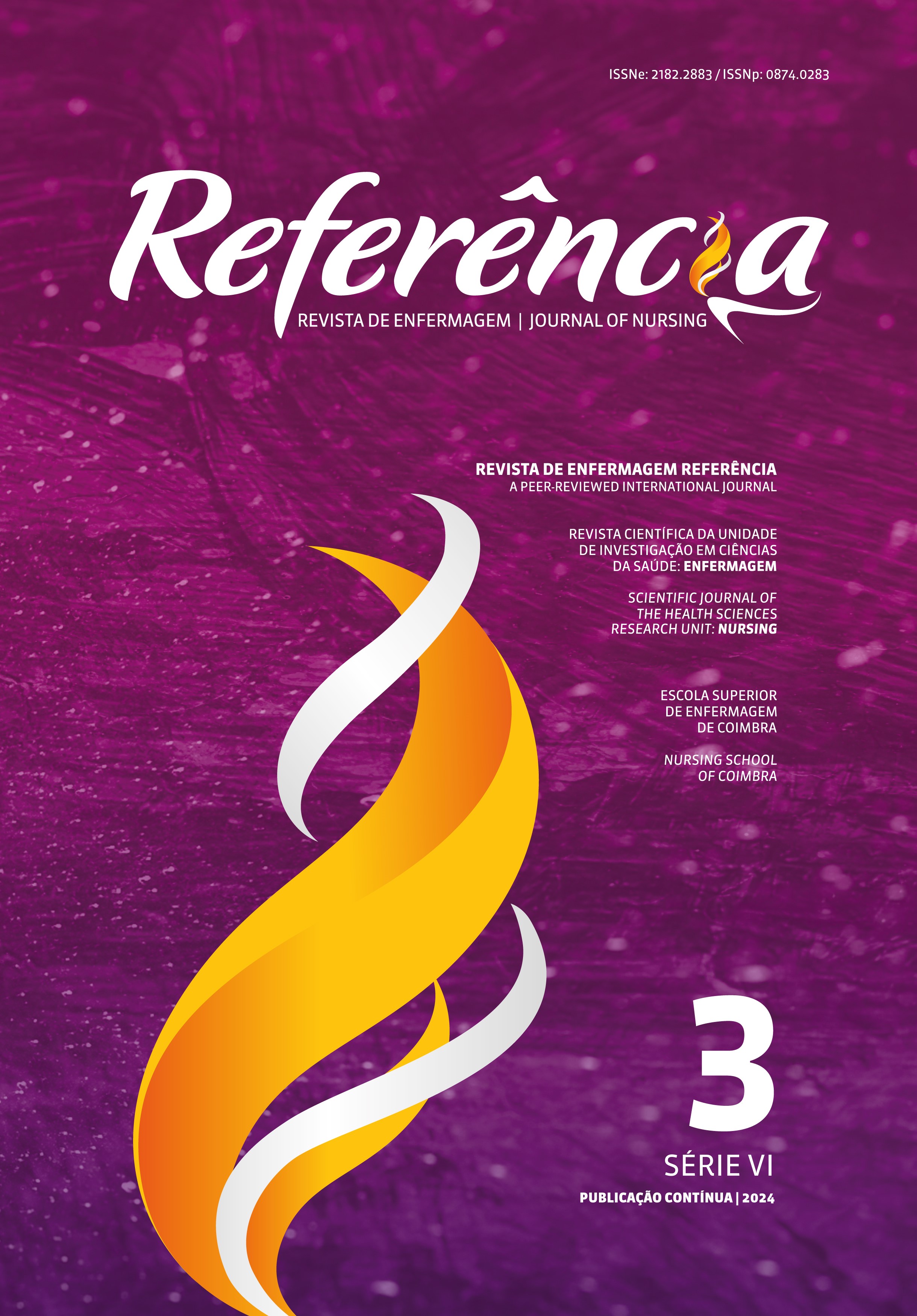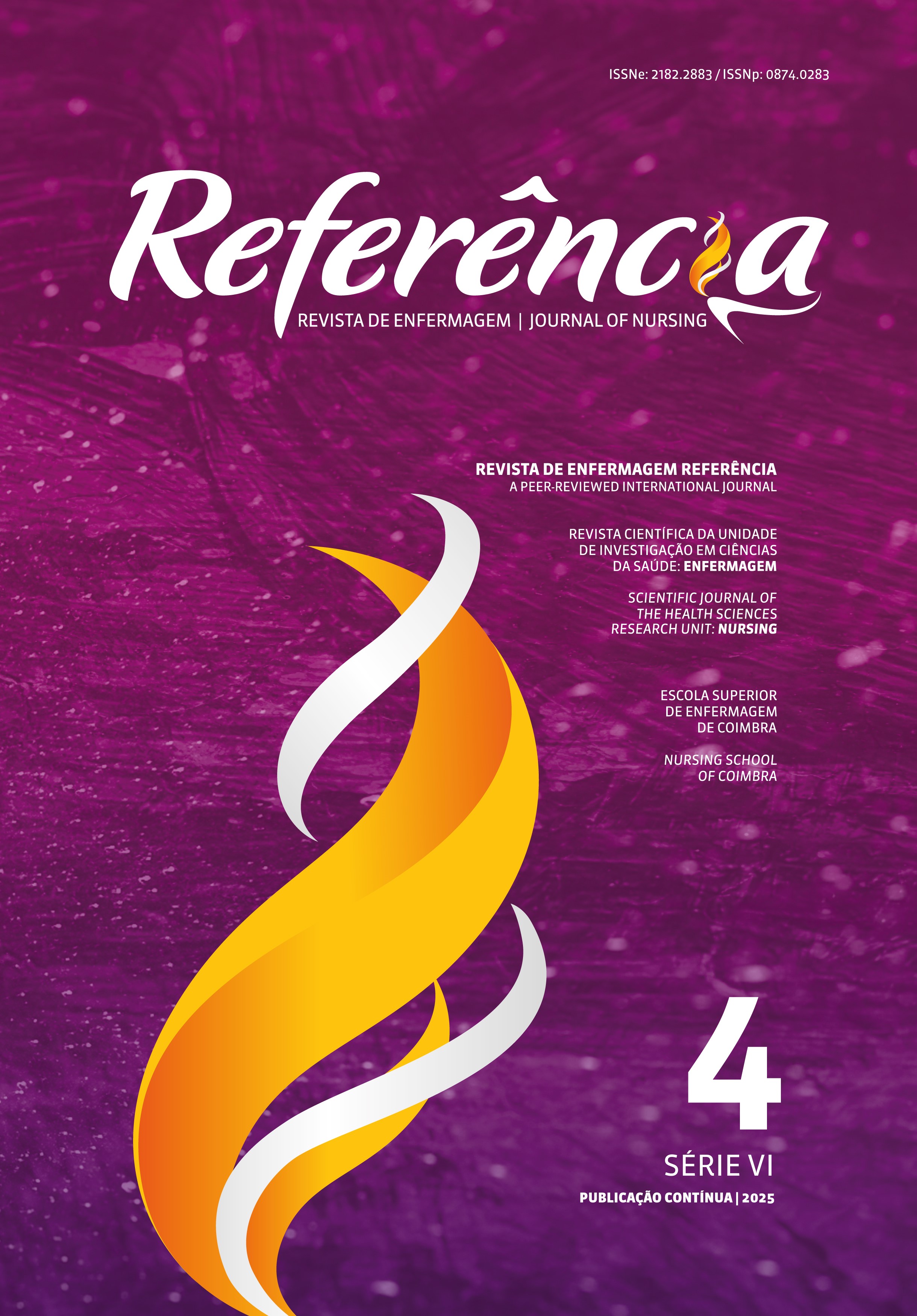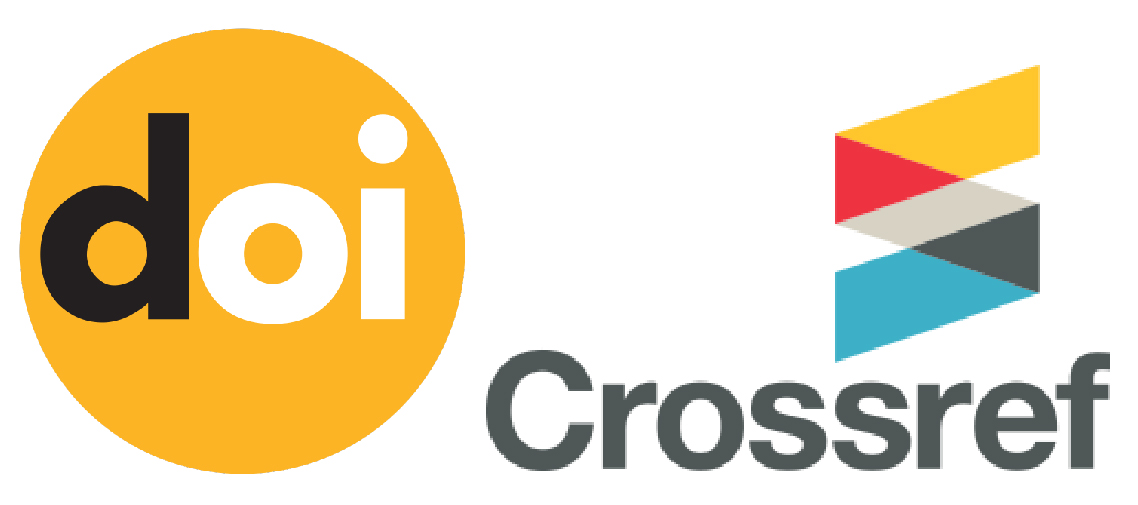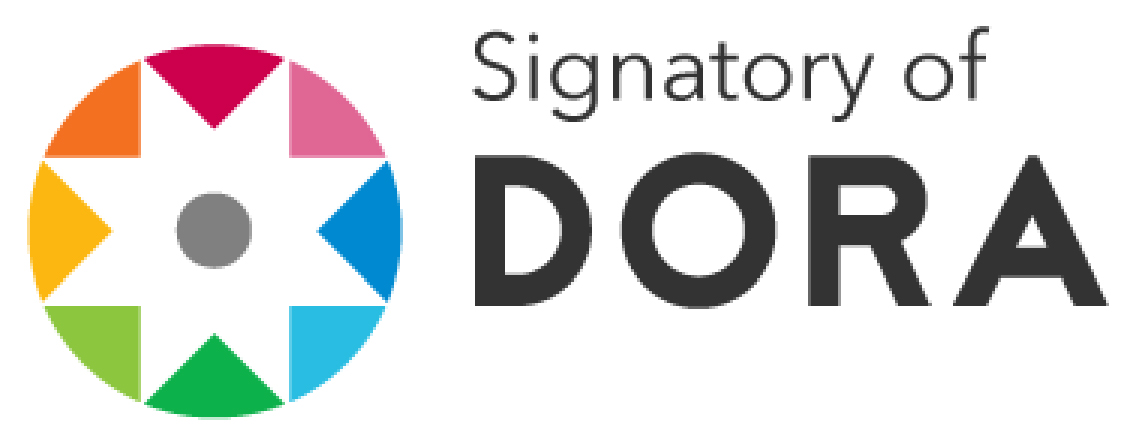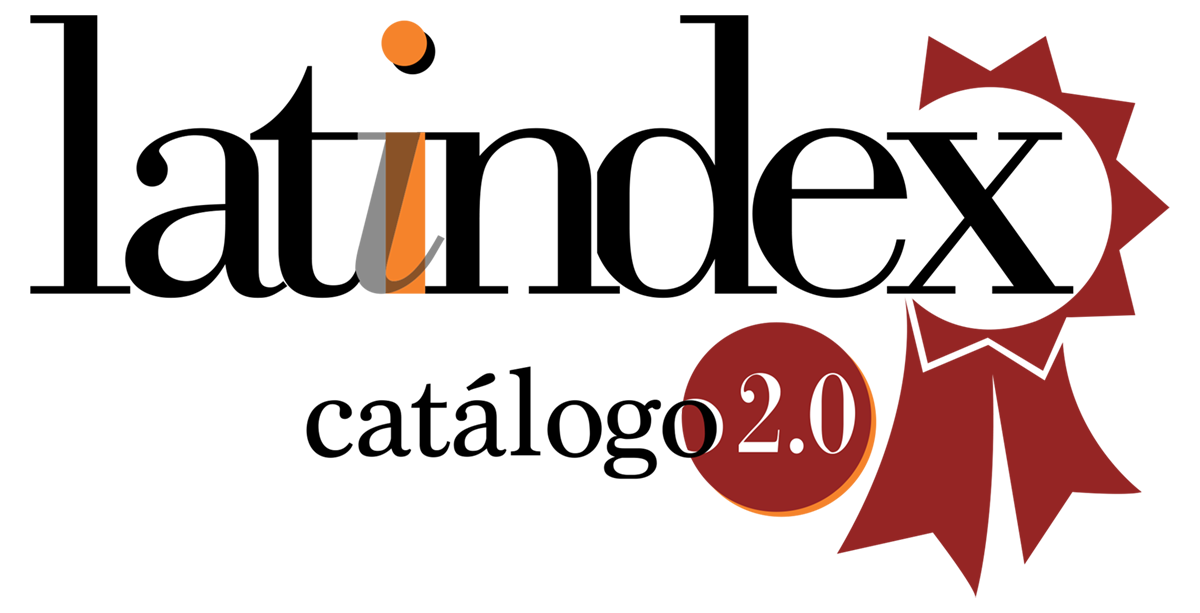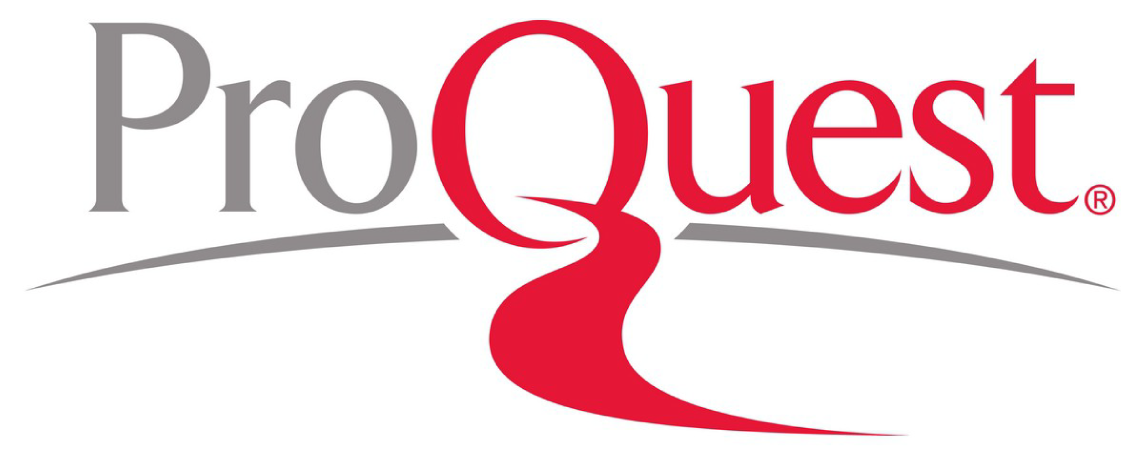Tradução, adaptação cultural e validação da versão portuguesa do Children with Special Health Care Needs Screener
DOI:
https://doi.org/10.12707/RVI24.49.35400Palavras-chave:
saúde da criança, criança, doença crónica, estudo de validação, rastreamentoResumo
Enquadramento: Crianças com Necessidades de Saúde Especiais (NSE) apresentam diversas necessidades de saúde que podem influenciar a sua integração e o seu percurso escolar. A identificação precoce das NSE é fundamental para que as equipas de saúde familiar e escolar planeiem melhores cuidados de saúde e potenciem a inclusão escolar.
Objetivo: Traduzir, adaptar culturalmente e validar para a população portuguesa o instrumento Children with Special Health Care Needs Screener (CSHCN Screener).
Metodologia: Estudo metodológico que inclui a tradução e adaptação semântica e cultural. Participaram 390 pais de crianças da região norte de Portugal.
Resultados: A versão portuguesa é composta por 14 itens. O painel de peritos e os pais de crianças com NSE consideraram o instrumento aceitável, compreensível e com validade no conteúdo. O CSHCN Screener levou cerca de um minuto a ser preenchido ou autopreenchido.
Conclusão: A versão portuguesa do CSHCN Screener demonstra ser um instrumento válido e fiável na identificação de crianças com NSE.
Downloads
Referências
Arrué, A. M., Neves, E. T., Magnago, T. S., Cabral, I. E., Gama, S. G., & Hökerberg, Y. H. (2016). Tradução e adaptação do children with special health care needs Screener para português do Brasil. Cadernos de Saúde Pública, 32(6), 1-7. https://doi.org/10.1590/0102-311X00130215
Beaton, D., Bombardier, C., Guillemin, F., & Ferraz, M. B. (2007). Recommendations for the cross-cultural adaptation of the DASH & QuickDASH outcome measures. Institute for Work & Health. https://dash.iwh.on.ca/sites/dash/files/downloads/cross_cultural_adaptation_2007.pdf
Bethell, C. D., Read, D., Stein, R. E., Blumberg, S. J., Wells, N., & Newacheck, P. W. (2002). Identifying children with special health care needs: Development and evaluation of a short screening instrument. Ambulatory Pediatrics, 2(1), 38-48. https://doi.org/10.1367/1539-4409(2002)002<0038:ICWSHC>2.0.CO;2
The Child and Adolescent Health Measurement Initiative. (2002). Approaches to identifying children and adults with special health care needs: A resource manual for State Medicaid Agencies and managed care organizations. https://www.cahmi.org/docs/defaultsource/resources/approaches-to-identifying-children-andadults-with-special-health-care-needs-(2002)cf52de40c87f45d-18d09ed568a72a005.pdf?sfvrsn=ea2d9b94_0
Decreto-lei nº 54/2018 da Assembleia da República. (2018). Diário da República: Iª série, nº 129. https://files.diariodarepublica.pt/1s/2018/07/12900/0291802928.pdf
Direção-Geral da Saúde. (2006). Programa nacional de saúde escolar. https://www.sns.gov.pt/wp-content/uploads/2016/10/Programa-NacionaldeSa%C3%BAdeEscolar.pdf
Direção-Geral da Saúde. (2013). Programa nacional de saúde infantil e juvenil. https://www.mgfamiliar.net/wp-content/uploads/PNSIJ-2.pdf
Direção-Geral da Saúde. (2015). Programa nacional de saúde escolar. https://www.arsnorte.minsaude.pt/wpcontent/uploads/sites/3/2018/01/Programa_NSE_2015.pdf
Galego, C., & Gomes, A. A. (2005). Emancipação, ruptura e inovação: O “focus group” como instrumento de investigação. Revista Lusófona de Educação, 5(5), 173-184. https://core.ac.uk/reader/275933066
Guillemin, F., Bombardier, C., & Beaton, D. (1993). Cross-cultural adaptation of health-related quality of life measures: Literature review and proposed guidelines. Journal of Clinical Epidemiology 46(12), 1417-1432. https://doi.org/10.1016/0895-4356(93)90142-N
Health Resources and Services Administration & Maternal and Child Health Bureau. (2022). National survey of children’s health: Children and youth with special health care needs, 2019-2020. https://mchb.hrsa.gov/sites/default/files/mchb/data-research/nsch-data-briefcyshcn2019-2020.pdf
Newacheck, P. W., Strickland, B., Shonkoff, J. P., Perrin, J. M., McPherson, M., McManus, M., Lauver, C., Fox, H., & Arango, P. (1998). An epidemiologic profile of children with special health care needs. Pediatrics, 102(1), 117-123. https://doi.org/10.1542/peds.102.1.117
Mohler-Kuo, M., & Dey, M. (2012). A comparison of health-related quality of life between children with versus without special health care needs, and children requiring versus not requiring psychiatric services. Quality of Life Research, 21(9),1577-86. https://doi.org/10.1007/s11136-011- 0078-2
Pombal, F., Moura, C., & Festas, C. (2017, Novembro 02-03). As crianças com necessidades de saúde especiais na escola [Comunicação oral]. XI Encontro Luso Brasileiro, Lisboa, Portugal. https://repositorio.ucp.pt/bitstream/10400.14/24649/1/2017030.pdf
Ribeiro, J. L. (2010). Metodologia de investigação em psicologia e saúde (3ª ed.). Legis. Scheidt
Nave, C., Ellert, U., Thyen U., & Schlaud, M. (2007). Prävalenz und charakteristika von kindern und jugendlichen mit speziellem versorgungsbedarf im kinder: Und jugendgesund heitssurvey (KiGGS) in Deutschland. Bundesgesundheitsblatt: Gesundheitsforschung: Gesundheitsschutz, 50,750–756. https://doi.org/10.1007/s00103-007-0237-3
Vilelas, J. (2020). Investigação: O processo de construção do conhcimento. Edições Sílabo.
Wahdan, I. H., & El-Nimr, N. A. (2018). Identifying children with special health care needs in Alexandria, Egypt. Pediatric Research, 84(1), 57-61. https://doi.org/10.1038/s41390-018-0008-x018-0008x

